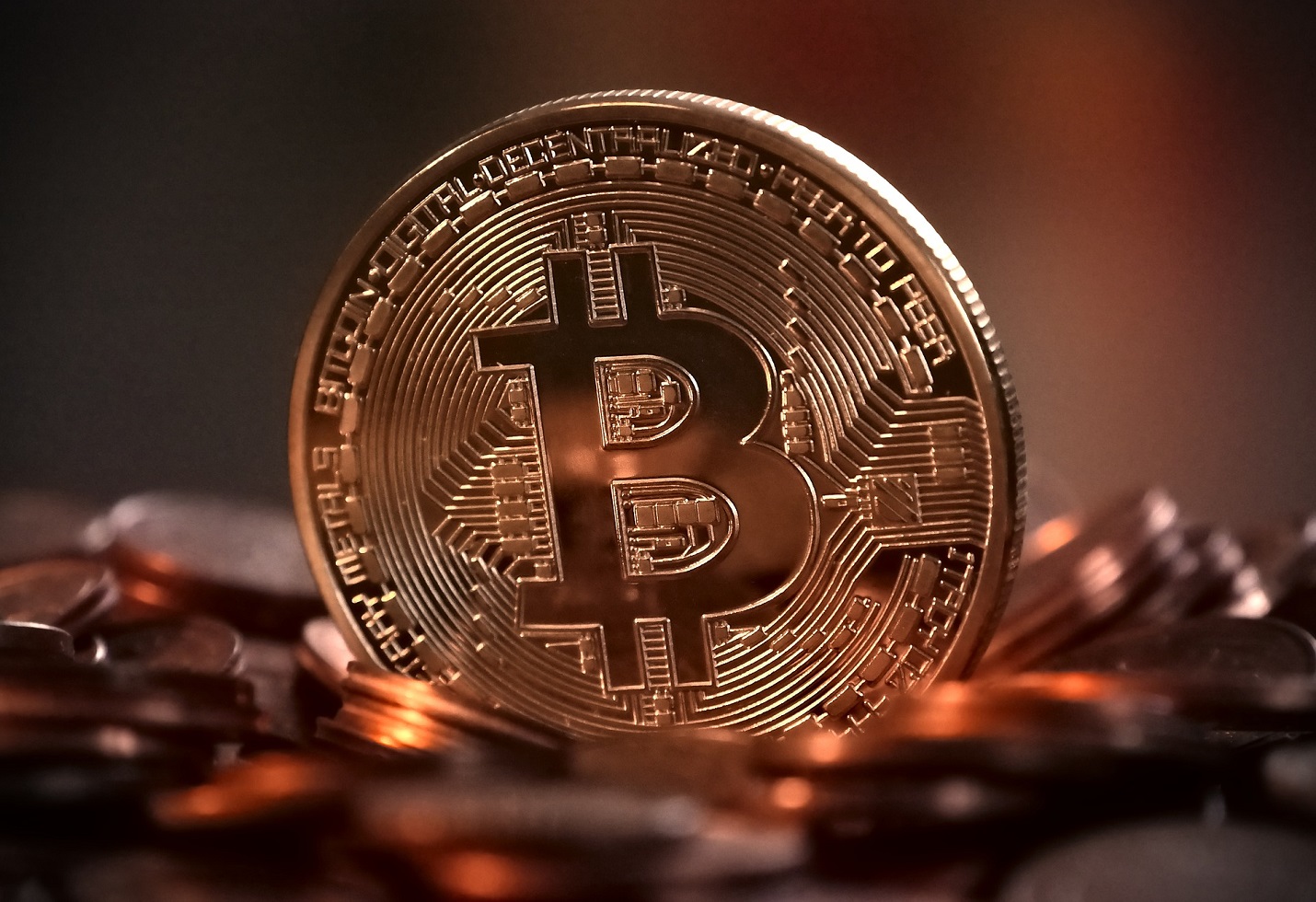Markets on Edge: Global Tensions and Domestic Triggers
From Middle East conflict to IPOs and foreign flows, multiple factors are set to steer the Indian stock market this week.
Rising Geopolitical Uncertainty: Israel-Iran Conflict in Focus
Recent military developments in the Middle East, including reported airstrikes and countermeasures, have raised alarms across global markets.
Brent crude hovering near the \$80 per barrel mark is particularly worrisome for an energy-import-dependent economy like India.
Higher oil prices could impact inflation, widen the current account deficit, and put additional pressure on the Indian rupee, which is already approaching the 87 mark against the U.S. dollar. Investors are likely to adopt a risk-averse stance, with volatility expected across mid- and small-cap segments.
Foreign and Domestic Investment Flows
Foreign Institutional Investors (FIIs) have recently displayed a mixed trend, oscillating between net buyers and sellers depending on global cues and domestic market sentiment. The ongoing geopolitical stress may push FIIs to adopt a cautious approach, potentially withdrawing or pausing inflows in the short term.
At the same time, Domestic Institutional Investors (DIIs) have been providing a counterbalance by maintaining a steady flow of capital into Indian equities. Their participation may continue to support market stability, especially in large-cap and defensive sectors like FMCG, IT, and pharmaceuticals.
IPO Activity Gathers Momentum
On the domestic front, primary markets are heating up. Several companies are either opening their IPOs or listing on the exchanges this week, attracting significant investor attention.
Other ongoing or upcoming IPOs in sectors like infrastructure, renewables, and manufacturing may also impact liquidity, especially as retail and institutional investors realign portfolios to participate in these public offerings.
Economic Indicators and Global Cues
Domestically, key figures such as the fiscal deficit, foreign exchange reserves, and GST collection data are due in the coming days. Any surprises in these metrics could spark sharp sector-specific movements.
Sectoral View: Defensive and Export-Driven Stocks May Gain
With the current level of uncertainty, defensive sectors are expected to outperform. FMCG and IT stocks—typically seen as safer bets—could attract capital due to their stable earnings outlook and relatively lower exposure to inflationary pressures.
However, companies heavily reliant on imported raw materials could face margin pressures due to rising input costs.
Technical Outlook and Market Sentiment
On the technical side, the Nifty 50 faces resistance near the 23,500–23,600 level, while support remains around 22,900. A decisive breach in either direction could define near-term momentum.
Market sentiment remains sensitive to headline risk. Analysts expect increased volatility through the week, with traders likely to adopt a cautious, stock-specific approach rather than broad index bets.
Conclusion: Brace for Volatility Amid Mixed Signals
The Indian stock market is likely to experience heightened volatility in the coming week, driven by a complex mix of global tensions, IPO activity, foreign fund flows, and macroeconomic data. Investors are advised to remain cautious, focus on fundamentally sound stocks, and maintain diversified portfolios.
Traders, in particular, should be prepared for swift market reactions to news related to oil prices, geopolitical developments, and upcoming domestic economic indicators.
:
The image added is for representation purposes only










